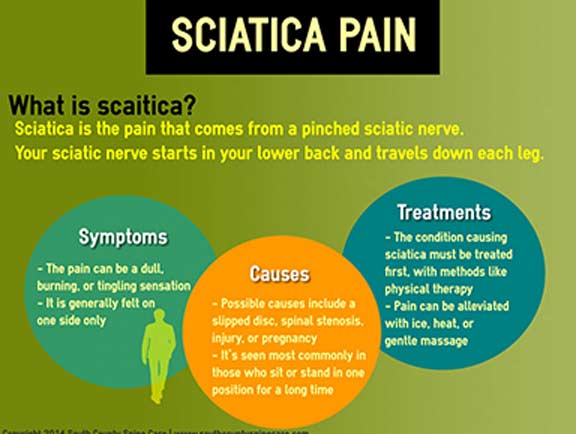The Partnership Between Posture And Back Pain: Approaches For Preserving Correct Placement During The Day
The Partnership Between Posture And Back Pain: Approaches For Preserving Correct Placement During The Day
Blog Article
Author-Bush Patton
Maintaining appropriate posture isn't just about sitting up right; it's about aligning your body in a way that supports your back and decreases the risk of neck and back pain. The means you rest, stand, and move throughout the day can significantly influence your back wellness. But exactly how specifically can you make certain good positioning constantly, even throughout hectic days full of numerous tasks? Let's dig deeper into the refined yet impactful modifications you can make to your everyday routine to maintain your back satisfied and healthy.
Importance of Correct Pose
Correct position is critical in preserving a healthy back and protecting against discomfort. When you rest or stand with good stance, your spinal column remains in placement, reducing pressure on your muscle mass, tendons, and joints. This alignment enables the body to disperse weight evenly, protecting against excessive stress on particular locations that can result in pain and pain. By maintaining your spinal column properly aligned, you can additionally improve your breathing and food digestion, as slouching can compress body organs and limit their performance.
Moreover, keeping great position can enhance your general appearance and confidence. When you stand tall with your shoulders back and head held high, you radiate self-confidence and show up even more friendly. Good pose can also make you really feel more stimulated and sharp, as it promotes appropriate blood flow and enables your muscular tissues to work successfully.
Including proper pose right into your daily routine, whether sitting at a desk, walking, or exercising, is necessary for preventing back pain and promoting general well-being. Keep in mind, a little modification in exactly how you hold on your own can make a considerable distinction in just how you really feel and work throughout the day.
Common Postural Mistakes
When it pertains to keeping great position, several people unconsciously make usual mistakes that can add to neck and back pain and pain. One of the most prevalent mistakes is slumping over or stooping over while sitting or standing. This setting puts too much strain on the back and can result in muscle inequalities and discomfort in the long run.
An additional common error is overarching the reduced back, which can squash the all-natural contour of the back and create discomfort. Furthermore, crossing legs while sitting might really feel comfy, yet it can create a discrepancy in the hips and hips, leading to postural issues.
Using a cushion that's too soft or as well solid while resting can additionally impact your positioning and add to pain in the back. Finally, frequently craning your neck to look at displays or adjusting your setting regularly can stress the neck and shoulders. Being mindful of these usual postural mistakes can help you keep better positioning and decrease the risk of neck and back pain.
Tips for Correcting Alignment
To boost your alignment and reduce pain in the back, it's necessary to focus on making small modifications throughout your daily routine. Beginning by bearing in https://www.webmd.com/back-pain/news/20170411/chiropractors-not-magicians-when-it-comes-to-chronic-back-pain . When resting, ensure your feet are flat on the floor, your back is straight, and your shoulders are unwinded. Stay clear of slouching or leaning to one side. Usage ergonomic chairs or paddings to sustain your reduced back.
When standing, distribute your weight evenly on both feet, maintain your knees somewhat curved, and tuck in your pelvis. Engage read review to sustain your spinal column. Take breaks to extend and walk around if you have a sedentary work. Integrate workouts that reinforce your core and back muscular tissues, such as planks or bridges.
While resting, use a pillow that sustains the natural curve of your neck to maintain appropriate spine placement. Stay clear of sleeping on your tummy, as it can stress your neck and back. By being mindful of these suggestions and making small adjustments, you can gradually fix your alignment and relieve pain in the back.
Verdict
Remember, maintaining excellent pose is key to avoid pain in the back and advertising back health. By bearing in mind your placement, distributing weight evenly, and engaging your core muscular tissues, you can decrease stress on your back and lessen the risk of discomfort and injury. Integrate ergonomic assistance, take regular breaks to extend, and enhance your core and back muscle mass to maintain proper alignment throughout the day. Your back will certainly thank you for it!
